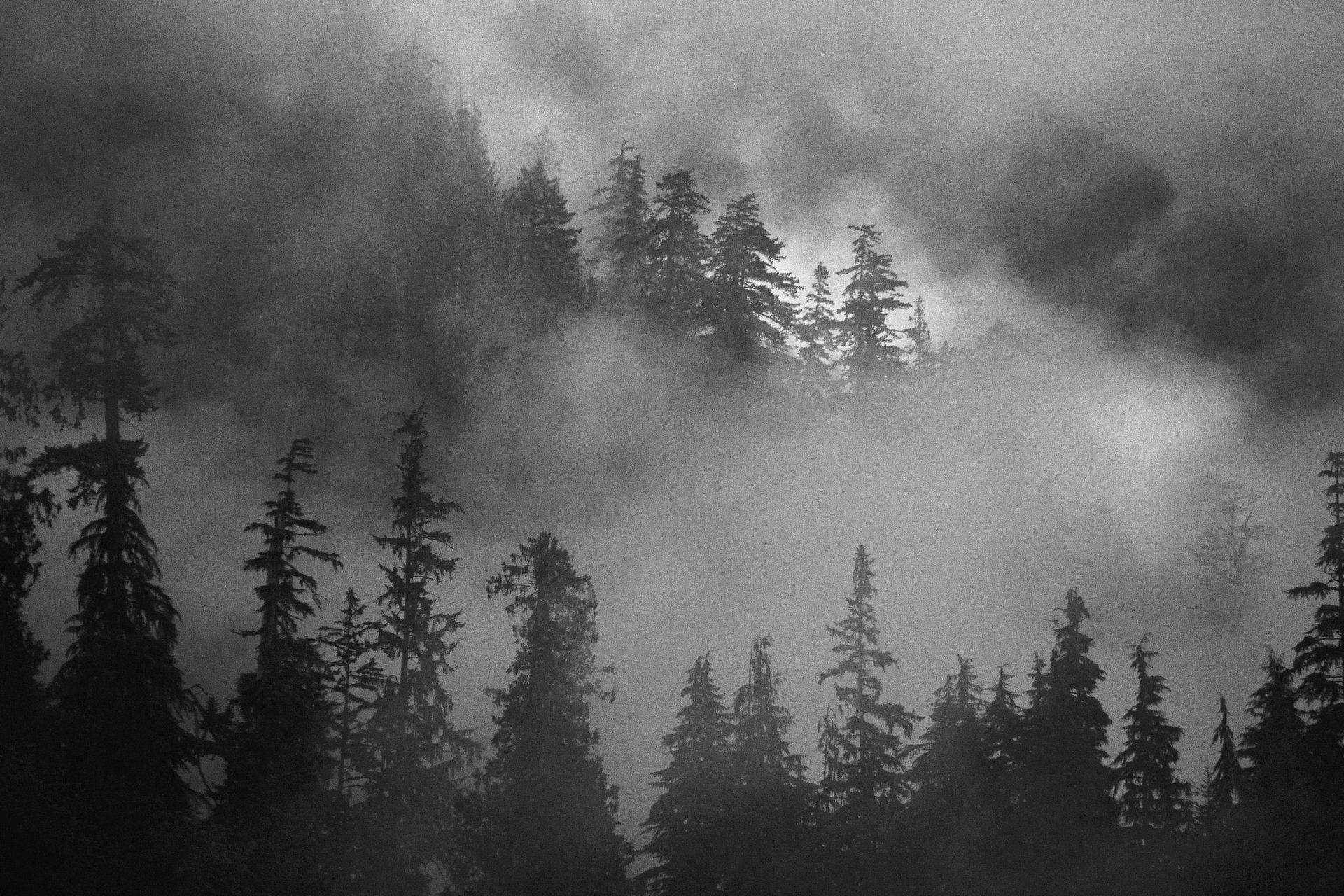Queen of the Night
- Craig Lloyd-Smith

- Nov 3, 2007
- 3 min read
On the third of November, autumn finally came to central Florida. We’ve had a break in the great summer heat for a month or so, but not so great as to be able to dispense with air conditioning. Just enough so that the air conditioner is actually able to maintain the setting we choose, instead of fighting the heat and losing by several degrees all day long. I have actually begun to use the oven again, something that is unthinkable much of the summer.
When I lived in Maryland, my birthday in late October was pleasantly cool, and Halloween a week later was frequently cold enough that I could see my breath when I went out trick-or-treating. When I lived in Vermont, October 1 was generally peak leaf-peeping season, and Halloween was often very chilly indeed. Here in Florida, my birthday was warm and humid. And quite dull.
This morning the air was cool and dry, and I was able to open all the doors and windows and allow the house to breathe a bit. What joy!
It stayed in the mid-70s all day, and as I write this (at 9:30, the night before Daylight Saving Time ends), it’s down to 64 degrees.
More wonderful yet, the Night-blooming Jasmine suddenly came into bloom, and the fragrance is intoxicating. I just went out and plucked off a few stems so that Mom could enjoy it (she’s on oxygen therapy, which dulls her sense of smell a bit, but up close and personal, these blooms are so amazingly fragrant that they’re a tad overwhelming for me).
Cestrum nocturnum, also known as Night-blooming Cestrum, Lady of the Night, Night-blooming Jessamine, and Raat ki Rani (“princess of the night”) in Urdu and Hindi. Its aroma is sweet, heady, powerful. The flowers are widely used throughout South Asia for use in perfumes, medicinal preparations, and religious ceremonies.
“Jasmine” is not a particular plant. It’s a term given to many different plants with blossoms that are white, yellow, or pink, have a sweet fragrance, and live in warm climates. One garden guide writer described the various species of jasmine plants (there are some 200 different varieties) that he had planted in his backyard:
Then, I saw a can in the home center labeled “Night-blooming Jasmine” and, realizing I’d begun a collection, I took this baby home. I planted it near the lanai so it could be a lovely scent out there with the others. Scent in the day, scent at night. Ahhh. Two years later, I was hacking it back two or three times a year, to keep it from coming into the house. It is a gangly bush. This one is Cestrum nocturnum. Its flowers are not ones to grab the eye, as it is night-blooming and keeps them closed. They are small, pale yellow-green, but when a bush of them releases its fragrance at night, stand back. They are small tubes, and at dusk, they draw the sphinx moths who know a good thing when they smell it. After dark, we partake of what the moth enjoyed earlier, a powerful fragrance that smells like nothing else. It can be noticed over several backyards. In fact, one night when it was large and un-macheted, I had to leave the lanai, as my eyes started to burn. I suggest planting it farther away from the house, but I do recommend it. Guests are always impressed. Whack it back after it blooms. It will be baa–a–aack. Several times a year. A lotta bang for the buck.
While the Night-blooming Jasmine blooms several times a year, this is my favorite bloom of the year. I don’t know if it started blooming only this evening, or if it started a few nights ago but I couldn’t smell it with the house all sealed up. The cool, dry weather makes me comfortable, happy, energized.
The ancient Celts celebrated the beginning of November as the start of the Dark Half of the Year. For me, it’s the beginning of hope.



Comments